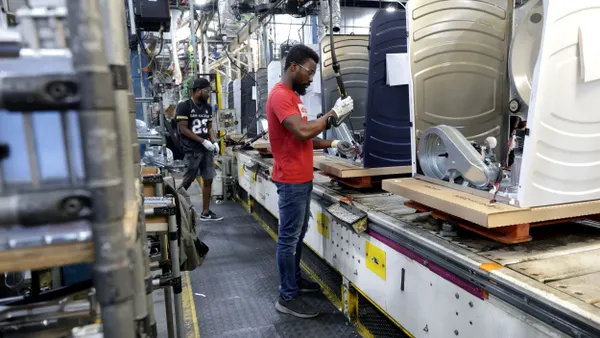Dive Brief:
- Traditional, linear career paths, where employees climb the corporate ladder one promotion at a time, are history, according to a survey from CEB, a best practice insight and technology company.
- CEB found that today's flat organizational structures mean employees spend more time at each job level – roughly three more years than in 2010.
- This stalled progression has caused 70% of employees to be dissatisfied with future career opportunities, leading to potentially massive turnover costs.
Dive Insight:
Driven by the desire to save money, employers have eliminated positions and management layers over the last decade. And, according to a CEB survey of more than 12,000 employees worldwide, that growing lack of career opportunities is the number one reason why people quit their job. In addition to stressing existing teams and slowing productivity, turnover costs employers approximately $25,000 per professional employee.
Rather than encourage an environment where promotions are the measure of career progression, CEB advises employers to build growth-based career cultures where moves across functions are not only planned, but encouraged. By providing better career opportunities for employees, organizations can decrease turnover by 33%, saving an organization with 10,000 employees $7.5 million dollars per year.
"Employees don't jump for joy at the idea of a lateral move because companies don't promote such movements as being beneficial to career development," said Brian Kropp, HR practice leader at CEB. He adds that to continuously improve skills and build job satisfaction, employers and employees need to start thinking about careers in terms of continuous growth rather than focusing on promotions.












